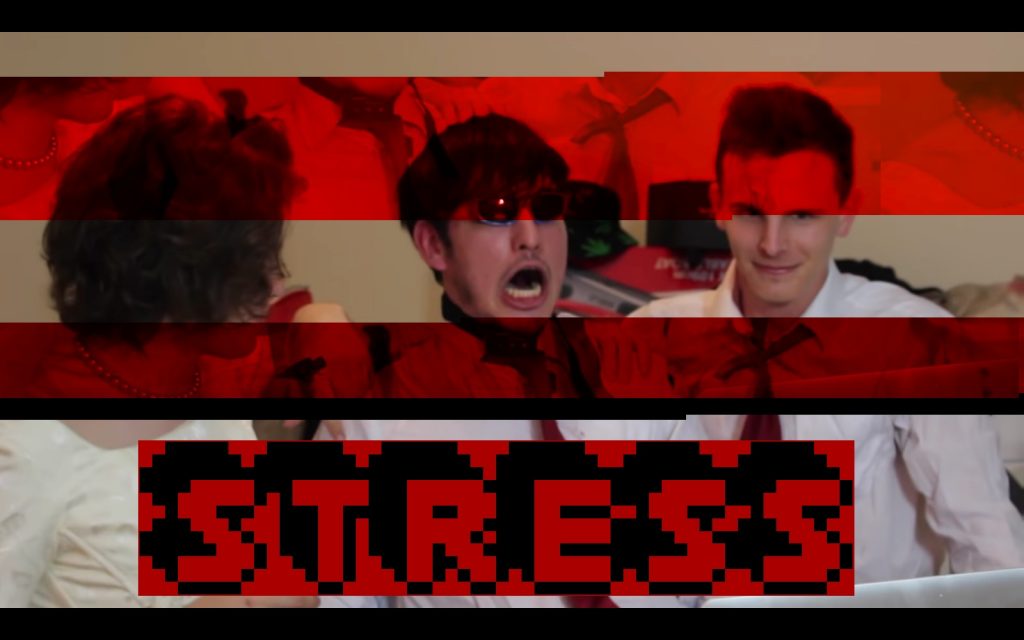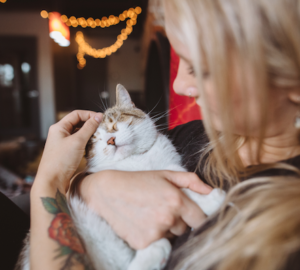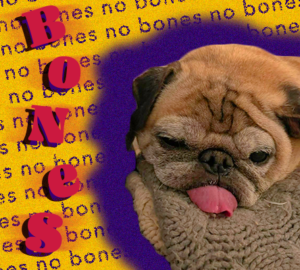Do online personalities experience more stress than traditional celebrities?

YouTube has become an entertainment staple around the world. It has grown from a place to share videos in small circles into an integrated aspect of everyday life — the defacto digital Hollywood. Children aspire to be YouTube personalities. The platform’s reach and influence is inextricable with modern culture.
YouTube channels, and the series they create, have their own conventions and traditions that have developed over time. There are several sub-classifications of genre and format that vary with each creator — reaction/commentary, vlogs, unboxing, pranks, let’s plays, story time, video essays and more.
Much of the content on YouTube is similar to television or film. The distinction lies in the particular way YouTube content creators interact with their audiences.
The internet’s immediate feedback system — the comment section — results in a dynamic that is specific to online personalities and their communities. Online audiences are brutal in their critique. They expect much quicker turnovers for content than any other medium in history.
YouTube celebrities live in a separate ecosystem from traditional media. There is a small amount of crossover, when old-media celebrities like Steve-O make a smooth transition to the internet, or a YouTube star appears on a television show.
But, the most similar aspect of the old and new forms of media is that both realms of entertainment come with a unique brand of stress and difficulty. Traditional celebrities are well-known for mental illness, substance abuse and adverse reactions to fame.
Daily and weekly content is linked to successful brands. Audiences expect a lot more than is actually healthy for creators to make. The stress of constantly appeasing an insatiable crowd has caused general health issues for many notable YouTube personalities.
Joji Miller, aka Filthy Frank, is considered by some to be the god-father of YouTube comedy. He is an interesting example of how interaction with his audience has affected his mental state.
Miller began making videos as early as 2006. His following grew and solidified once he developed the Filthy Frank character in 2011. Miller’s style was grotesque and intense, with elements of raging rants, Jackass-style chaos, Eric Andre on-the-street pranks and vomit related gags. He’s been shocked with a shock collar made for pit bulls, pelted with chicken hearts, baked a cake out of hair and collected dead rats — among other things.
Obviously the content he created was inherently stressful on his mind and body, but his popularity and the desire to appease his audience led him to go on with it for longer than he wanted — and longer than was healthy for him.
The stress caused Miller to develop a seizure disorder. He tried to release a video where he broke character and addressed his mental state, but the reaction was so overwhelmingly negative he chose to delete it. Eventually, his health problems led him to completely abandon his YouTube comedy career and transition to making music full time.
Miller’s case is an extreme one, but it illustrates how the expectations of fans in an online environment leads to an unusual degree of stress on the creators — stress that extends outside the immediacy and intimacy of the internet. The accelerated process towards fame and long work schedules cause many notable creators mental distress.
The phenomenon of YouTube celebrities is so new that the full extent of the psychological impact of that lifestyle is still unknown. However, the more and more YouTube and internet culture integrates itself into our everyday lives, the more we will start to notice the patterns of how it is affecting the way we live.



























